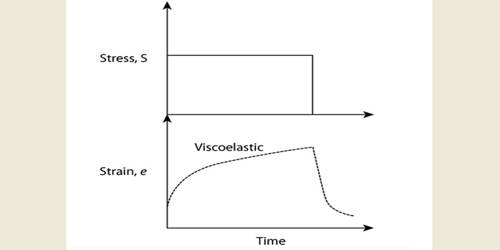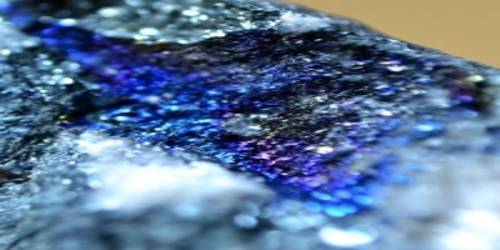Singularities, such as those found at the heart of black holes, when density becomes infinite, are sometimes described as areas where physics ‘breaks down.’ However, this does not rule out the possibility of ‘anything,’ and physicists are curious as to which laws may be broken and how.
Now, a team of researchers from Imperial College London, the Cockcroft Institute, and Lancaster University has proposed a mechanism for singularities to break the law of charge conservation. Annalen der Physik published their hypothesis.
Physics breaks down at a singularity is one of the most famous statements in pop physics.
Professor Martin McCall
Co-author Professor Martin McCall, from the Department of Physics at Imperial, said: “Physics breaks down at a singularity is one of the most famous statements in pop physics. But by showing how this might actually happen, we take aim at one of the most cherished laws of physics: the conservation of charge.”
The scientists looked into the behavior of charge conservation, which states that in an isolated system, the total electric charge never changes. They were astounded to discover that they could defy this “normally sacred premise of mainstream electromagnetism.”

According to the law of conservation of charge, the total electric charge of any isolated system, including the whole Universe, never changes. This indicates that whether negatively or positively charged particles enter a region, an identical number of charged particles must leave.
This has been demonstrated at the atomic level: in tests like the Large Hadron Collider, the identical quantity of negatively and positively charged particles are always generated or destroyed.
An axion field or a topological axion can exist in a vacuum, according to a mathematical formulation made by scientists, and varies from a regular axion by fascinating physical phenomena connected to space topology. The axion field and its accompanying electromagnetic field continue to “shrink” as they approach the singularity, eventually disappearing and taking the charge with it.
The team has now demonstrated that transitory singularities such as black holes that form and then vanish might annihilate charge as they reach the end of their lives by changing standard physics equations to incorporate axions, a candidate for dark matter.
Axions are hypothesized particles that might explain dark matter, the Universe’s ‘missing’ 85 percent of the stuff. Their expected features might generate a field that interacts with electromagnetic fields, which have been studied by physicists for decades and are defined by a set of equations known as Maxwell’s equations.
The researchers discovered how to make or destroy charge by employing an area of mathematics known as differential geometry, thus defying the laws of charge conservation in the Universe. Although the scientists have shown that anything may happen in a singularity in general, the space-time around the singularity obeys standard physical rules, which restrict the ways in which they can be disobeyed.
Although the field configuration cannot occur naturally, a hypothetical intelligent civilization may nonetheless fix the Universe’s global charge if it foresees the advent of a transient singularity, such as an evaporating black hole.
Co-author Jonathan Gratus said: “You can imagine creating an ‘axion bomb’ that holds charge by combining coupled axion and magnetic fields, and then dropping it into an evaporating black hole. The building absorbs electrical charge as it shrinks and vanishes into the singularity. Its success depends on the combination of a transient singularity and a novel hypothesized sort of axion field.”
Co-author Dr Paul Kinsler, from the Department of Physics at Imperial, said: “There are also philosophical implications. Although people often like to say that physics ‘breaks down’, here we show that although exotic phenomena might occur, what actually happens is nevertheless constrained by the still-working laws of physics around the singularity.”
The axion phenomena, according to the researchers, would only occur under extreme conditions that are now impossible to replicate in a lab, but future breakthroughs in powerful laser beams might allow the idea to be tested in a terrestrial setting.
















